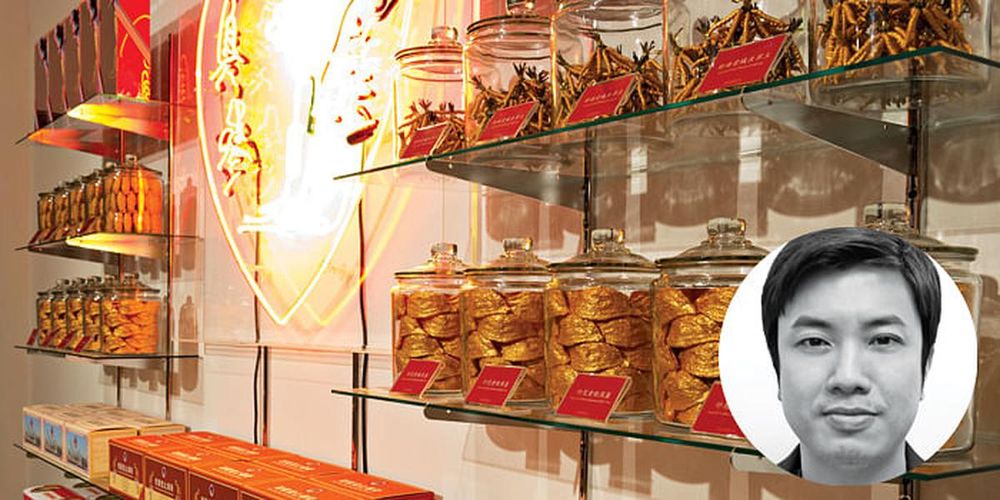Meet The Up-And-Coming Artist Who Won The BAZAAR Art Prize 2015
We speak to Hu Qiren about winning the prestigious award

"When I received the news that my work had been shortlisted, I was ecstatic,” says artist Hu Qiren. But becoming a finalist of BAZAAR Art Prize 2015 was only the beginning—what followed was a race to the finish line worthy of a reality TV show. The young artist had to fly home from New York to Singapore, working throughout the night to ensure that his intricate installation, American Ginseng, would be ready for the final judging session, held during Singapore Art Week 2016. Completing the installation in time was a mini success in itself, according to the jetlagged Hu. Winning the prize, he admits, “was a massive bonus.”
The inspiration for Hu’s prize-winning work came from his childhood, most of which was spent in his grandfather’s Traditional Chinese medicine (TCM) hall. It was the place where people could find the cure to their ailments and, more often than not, it was ginseng that was prescribed. With a botanical name that translates to “all heal” in Greek, ginseng is a valuable plant in the Chinese community. But what intrigued Hu was that the most favoured version of this energy-giving plant is no longer grown locally. Instead, it is imported from the USA, which means this ancient form of medicine has been hit with a price hike.
Inspired, Hu came up with the idea of constructing an installation that referenced a section of a TCM hall. Hu started playing with the notions of its meaning, the dialogue between East and West, and consumer-driven desire. Hu first created the work for his graduation show at Parsons School of Design in New York—a project that took 18 months to produce from conceptualisation to the final product. As soon as he saw the theme of “Uniquely Asian” for the BAZAAR Art Prize, he knew he had to enter it, which meant he needed to complete another version for his entry. “I was lucky enough to have friends help with the painting. There were at least a thousand individual pieces and multiple layers of paint that had to be applied,” says Hu.
During the creation of the piece, Hu found himself constantly changing the scale of the installation. “The experience of the piece in relation to space and the viewer was important for me,” he explains. But the most challenging part was making the 3D printed ginsengs. “I had a 20 percent success rate because the roots were too fine to be printed,” he adds.
Hu produced most of the piece in New York and shipped it over, but he couldn’t risk shipping the fragile neon signage, so he decided to fabricate a new one in Singapore. He had one more surprise in store for the judges: A self-portrait shot from his previous work The Emperor Arrives was featured as the logo on the boxes in the American Ginseng installation.
However, the night of the BAZAAR Art Prize opening party proved it wasn’t just the judges who were wowed by his piece. “I’m pleased to say that a number of editions were sold during the opening,” a delighted Hu adds. Now, Hu is using his prize money of $10,000 to fund his latest TCM-inspired project, where he photographs his tongue every morning. “I see it as a daily diary to my father [who is a TCM doctor]. At the same time, it marks my continued absence from my family in Singapore,” Hu explains.
Join the search for Asia's next emerging star in the world of art! Take part in BAZAAR Art Prize 2016. Download the form HERE. All entries are to be sent to bazaarprojects@sph.com.sg by 27 October 2016.
By Claire Turrell
hu qiren
hu qiren
hu qiren
hu qiren